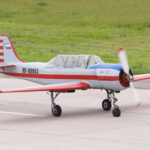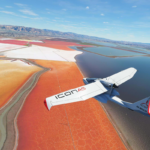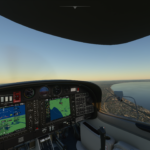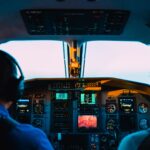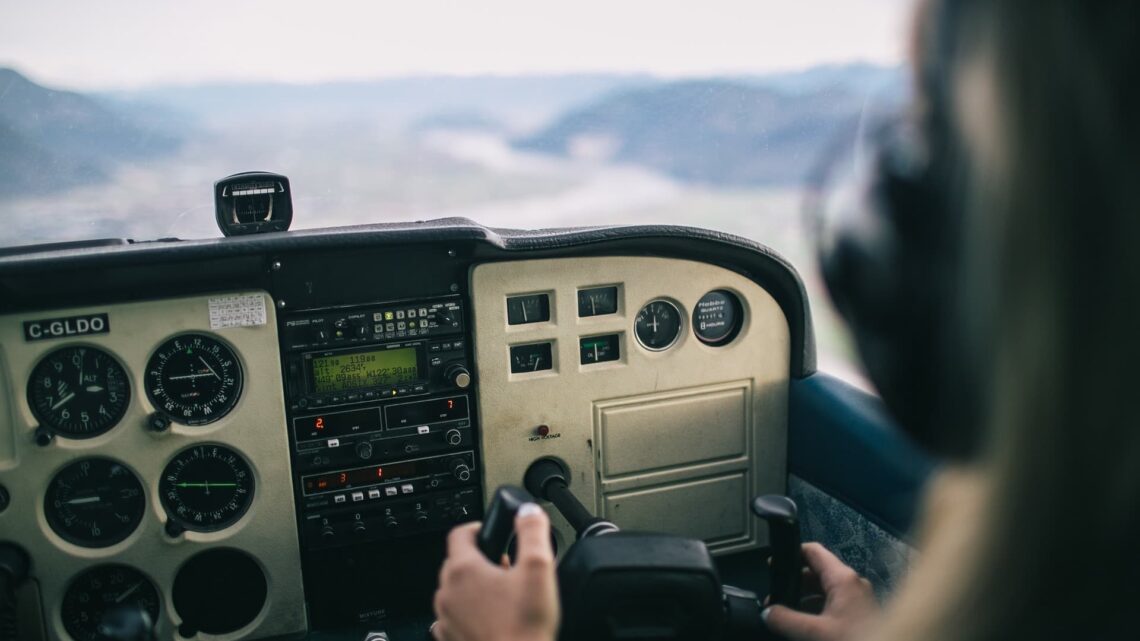
The benefits of using a flight simulator to teach flight control
You cannot beat the action of physically putting people in charge of controlling a plane, but with the help of a flight simulator it is a compatible way of motivating aviation enthusiasts to understand what flying is like. Technological advances in both the flight simulator products available today and the many programmed software available and advanced screen technology mean that these tools are not just any ordinary kind of stimulators. For the students in Flight School and anyone who is trying to get licensing as a pilot, utilizing a fully functional flight simulator offers many remarkable benefits making them better than less advanced training courses. Many schools are now using technologically advanced methods to make things easier for their students and flight enthusiasts. If you want to learn how to fly even in the comfort of your home, here are few benefits that would do you good generally.
Cheaper than actual flying
Cost of fuel, maintenance, insurance, flight instructor, so fly a real plane and start expensive Meanwhile, using a flight simulator reduces these overhead costs and relieves some of the economic pressure to learn to fly. In addition, certain programs can reduce the number of air classes you need to take by verifying which flight plans through simulation. Significant savings are likely to be reported compared to all learning costs that are empty at the end of the process.
It is a safer learning option
It goes without saying that being guided by a professional flight instructor is safe enough, and of course, as long as you are within a distance to the ground, the safer. A flight simulator provides an opportunity to gain knowledge and test drive flying with the help of aircraft controls and the available methods of flying and landing safely. You can learn to fly underwater more comfortably without worrying about harmful mistakes. Even veteran pilots undergoing advanced certification could learn a thing or two more with the help of simulated flights. Performing emergency protocols, and getting to go through unique flight situations before they get the chance to do them in the air.
Understanding Navigation Steps The
A Flight Simulator can be set up to mimic any kind of situation which is advantageous to students and pilots who want to advance their navigation skills. They can do this using a watch flight and instrument flight (VFR/IFR). Is the big plane approaching? Maybe going for your first solo ride? It is quite notable that you can create a scenario in the software and practice the full route beforehand using a simulator. At the airport of your choice, you can load your plane onto the exact road, lake, river, terrain, and other airports as well as the layout of the actual runway. This allows you to know exactly what you are doing, from organizing your flight routes to finding stop points as you are on your flight and taking off and landing.
Iteration builds your memory
If your simulation flight encounters problems such as false launch, miscommunication issues with the Air Traffic Control (ATC) or incorrect indication of coordinates, you can recalculate the path and restart without doing anything. Bad result. Through the prowess of quickly repeating these steps, you can develop the required knowledge and muscle memory and be fully prepared for boarding the cockpit.
Familiarize yourself with all types of weather and avoid it
As Minnesota student pilots know, you need a flight simulator if you cannot fly due to summer storms or winter snowstorms. If any of the airtime lessons are justified, the flight simulator is the best tools that can be implemented to keep the process of learning in check. The flight simulator can also reproduce all types of weather on all types of terrain and practice the skills students need to master these conditions like rain, wind, ice and snow. Can do.
Stay proficient
Flying School recognize the essence of steadily practicing, this happens even post qualification as a private pilot. Regardless of your plans for trigger evaluation or commercial licensing, it is important to stay well out of the cockpit. Flight simulators offer an inexpensive way to keep shaving technology so that you are always safe from the sky.
Compatible for home practice
There are a wide range of options for student pilots to choose from besides flight simulators for aviation schools. In addition to that, you can find so many flight simulators for you personally that you can install on your home computer. These software include Microsoft Flight Simulator X and XPlane which are the most popular selections on the market today. You can also use a number of features that connect directly to your computer, ranging from the instrument cluster, control wheel, and flight pedals, to make your simulations feel more real. The time taken to fly in this program cannot be compared to the official flying time requirement, but there is freedom to practice your flight procedures and improve your skills away from the classroom.
Sharpen your radio communication skills
Managing communication with fellow pilots, air and ground ATCs is an important skill to include in the flight school overall lesson plan. Although it can be confusing and a bit daunting as you begin, using a Flight Simulator will go a long way in managing the pressure faced by beginners. On the bright side, flight simulators allow ambitious pilots to refresh their abilities before flight to provide a less stressful environment where they can train using a variety of choices for proper radio communication. ..
Learning is quick
Considering the level of your application you can significantly reduce your learning time by using a flight simulator. IFR lessons, which typically take three hours from the airport from arrival to departure, including pre-flight, flight planning, and weather monitoring, can be completed in half an hour using the simulator. Half the actual flight cost.
Prepare for emergencies while on air
You can simulate many types of aircraft failures in a simulator and prepare student pilots to prepare for similar aircraft failures. Passing through emergency scenarios from freezing and engine troubles to electrical failures and start-up mistakes provides a first-person perspective on how to respond appropriately.
Conclusion
Now that we have seen how good the latest flight technology is for people, you can now make a move to try it on your own. You can talk to your flight instructors and academy about using simulators to make people knowledgeable. Your flights in the simulation room will even feel more realistic now that there are big screens that can project life sized images. Even if you are not a learning pilot, you can use the system to play games. You can download simulator applications and software that will give you a glimpse of how it feels to do things on the air.
